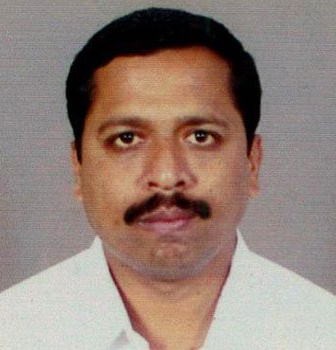Satish Shetty, social worker and RTI activist, was stabbed to death on Wednesday, January 13, 2010 around 6:45 AM when he went for his usual morning walk. The unidentified attackers used swords to kill him.
Satish was recognized for exposing several major land scams in the Talegaon—Lonavala regions, which have become very much in demand by real estate developers. As a systematic whistleblower, he had used the Right to Information Act to expose irregularities in government offices for years. He became very well-known after exposing corrupt land deals in and around the country’s first expressway, the Mumbai—Pune expressway. Lately, he had focused on the irregular land dealings of the IRB group as they were purchasing land on bogus documents.
On September 2009, Satish filed a complaint on the IRB land purchase. After that, he was offered a bribe by IRB Group to stop pursuing the matter. When Satish refused to receive it, he was threatened. Satish called on the Superintendent of Police to provide police protection for him and his family, but he did not get police protection.
The investigation of case, carried primarily by the Central Bureau of Investigation (CBI), has been closed two times (in 2014 and 2018) arguing that there is no evidence against the main suspects, who are closely related to IRB. Nevertheless, the IRB group is not mentioned in the CBI closure reports.
IRB representatives tried several times in March 2019 to block the case.
